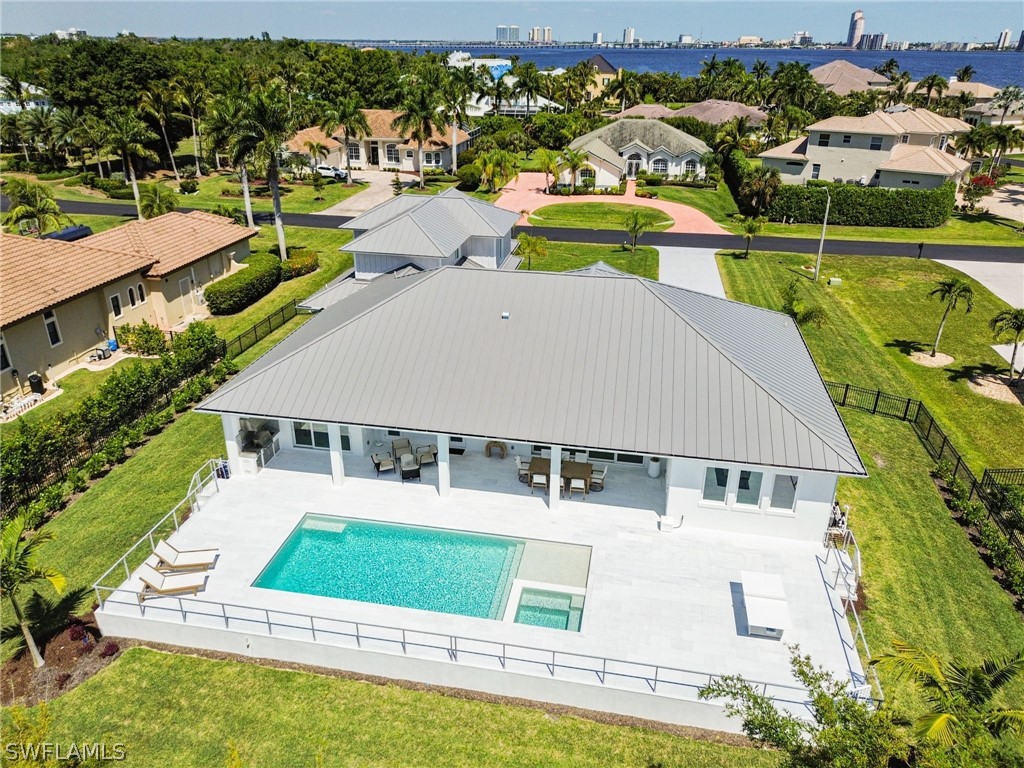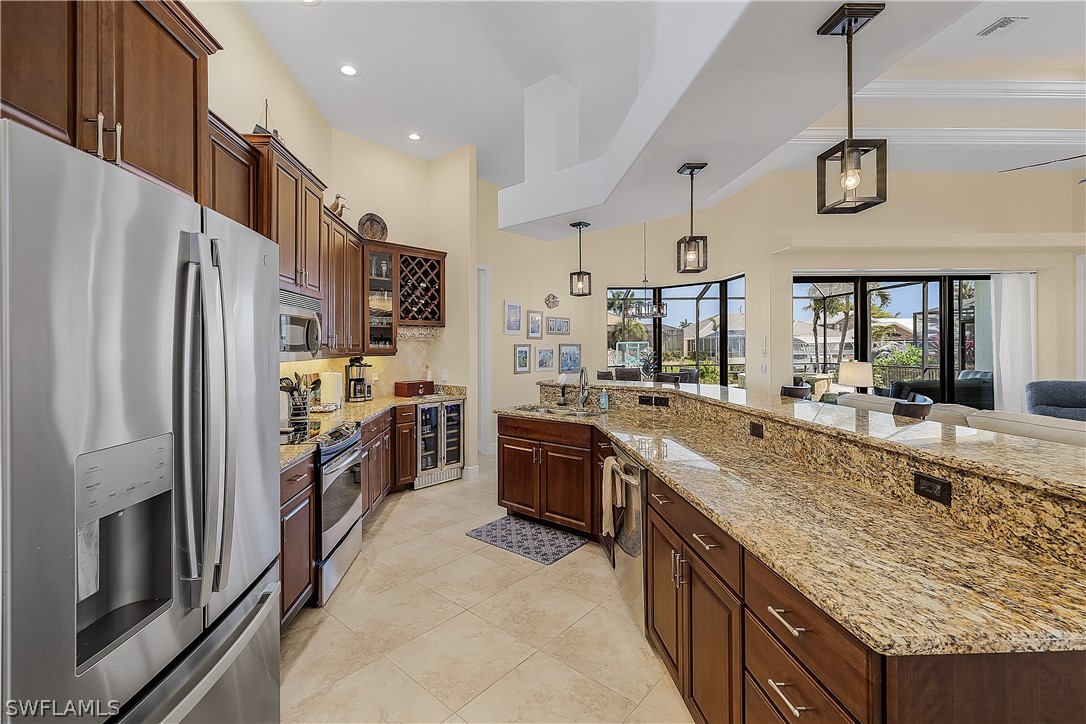VA loans are becoming a popular choice among eligible homebuyers due to their lenient requirements and affordability. Additionally, the VA loan approval rate was 55% with an average loan amount of $373,375 in 2023.
On the other hand, conventional loans are a bit less affordable than VA loans. However, with a market share of 53.2%, they are the most common type of loan on the market. The government doesn’t insure conventional loans, and they are only available through private lenders.
VA loan vs. conventional loan
- VA loans are only available for veterans and their family members.
- VA loans don’t have a down payment requirement. Whereas, you need to put down at least 3% on a conventional loan.
- Unlike a VA loan, a conventional loan allows you to buy multiple properties.
VA Loan vs. Conventional Loan: The Difference
VA and conventional loans help buyers to purchase a home of their choice. However, the dynamics of both types of mortgages are different.
What Is a VA Loan?
The Department of Veterans Affairs offers VA loans, which are called non-conforming loans. Instead of Fannie Mae or Freddie Mac, these loans are sold to Ginnie Mae.
Since VA loans, among FHA loans, USDA loans, and jumbo loans, are non-conforming loans, they have lenient mortgage requirements.
What Is a Conventional Loan?
The majority of conventional loans are conforming loans. It means that they can be sold to Fannie Mae and Freddie Mac. Conventional loans are quite common and have a systematic process.
Moreover, they are cheaper than non-conforming loans. This is because lenders have the option to recover their money and reduce the risks by selling the mortgage.
VA Loan vs. Conventional Loan: Mortgage Requirements
VA and conventional loans have mortgage requirements based on different parameters.
Credit Score
- VA Loans: The VA has set no credit score requirements. Nonetheless, the lenders may have them. Typically, the FICO score ranges from 580 to 620.
- Conventional Loans: Credit score requirements for conventional loans vary from lender to lender. However, most lenders demand a minimum credit score of 620.
Down Payment
- VA Loans: There is no minimum down payment requirement for VA loans. Irrespective of that, the lender may ask for it if the price of the property is higher than its market value.
- Conventional Loans: These loans do require a down payment. The percentage of the down payment depends on the lender, with a minimum of 3%.
Private Mortgage Insurance
- VA Loans: There’s no requirement for private mortgage insurance in the case of VA loans, as they don’t require a minimum down payment.
- Conventional Loans: You need to pay for private mortgage insurance if you put down less than 20% or have a low credit score.
Property Requirements
- VA Loans: This loan only allows you to purchase a primary home.
- Conventional Loans: Conventional loans are not limited to primary residences. You can use them for buying a second home and investment properties as well.
Debt-To-Income Ratio
- VA Loans: There are no debt-to-income requirements for VA loans, however, lenders thoroughly examine if your DTI is more than 41%.
- Conventional Loans: Lenders accept a DTI of up to 50%. However, they prefer a borrower with a lower DTI.
VA Loan vs. Conventional Loan: Mortgage Rates
Several factors influence your mortgage rates, such as your credit score, down payment, loan amount, etc. VA loans generally offer lower interest rates than conventional loans.
Typically, the difference is 0.25%–0.42%. As of December 19, 2023, mortgage rates for 30-year fixed loans for VA loans are 6.125%, whereas for conventional loans, it is 6.375%.
Is a VA Loan Better Than a Conventional Loan?
Following are the reasons why a VA loan can be a better choice than a conventional loan if you’re eligible:
- There is no down payment requirement for VA loans, which allows you to buy a home without putting anything down.
- Since the VA guarantees VA loans, there’s no need for private mortgage insurance.
- VA loans offer lenient requirements. Even if you have a low credit score and a high DTI, you’ll be eligible for a VA loan.
Find Homes for Sale Under Your Specific Budget
Bottom Line
A VA loan can be the way to go if you are eligible. The VA offers loans with no down payment. Moreover, it also allows you to apply for a loan if you have low credit scores or/and a high DTI.
On the other hand, conventional loans can be a cheaper option if you put down 20%. Moreover, unlike a VA loan, conventional loans allow you to purchase second homes and buy properties as investments.
Nonetheless, it’s advisable to do thorough market research before moving forward with either of the mortgages.
Find Your New Home With Houzeo
With thousands of property listings, Houzeo.com is one of the biggest property listing sites in the US. Find condos, townhouses, co-ops, and other types of homes for sale on Houzeo.














.webp)
